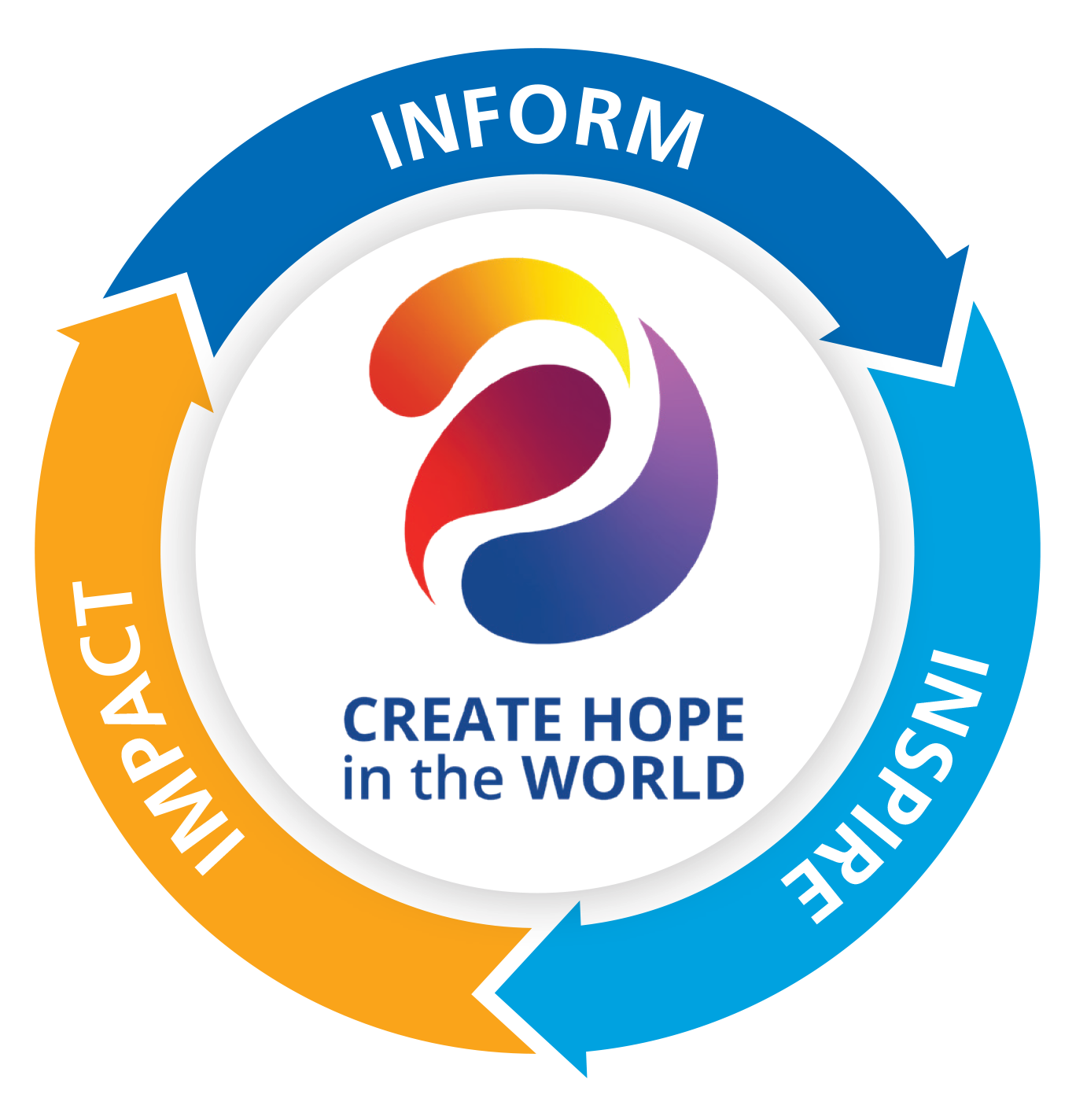By Helena Wimpole

In 1928 Esperanto became the first of all the Rotary Fellowships, and it continues today.
Esperanto is an artificial language that was created in 1887 by Polish linguist and ophthalmologist, Ludwik L. Zamenhof. His purpose was to establish an international language or medium of communication, based on roots from the chief European languages, but with the advantage of grammatical regularity, ease of pronunciation and freedom from nationalistic concerns. Esperanto is now the most widely spoken constructed auxiliary language in the world.
By 1928, Rotary was becoming a truly international movement and problems concerning different languages became evident. Many people thought at this time that there was a need for a type of auxiliary second language. Some Rotary clubs believed, as a practical piece of service under the Sixth Object of Rotary, that agitating for the teaching of a common language in all schools would create a generation of adults with a common language.
During the 1920s, Rotarians in France and Britain wanted to work together for ‘Peace And Understanding’, but there was friction between them about which language should be used for communication. Consequently, several Rotarians came together to form the Esperanto Fellowship of Rotarians (known in Esperanto as R.A.D.E – Rotaria Amikaro De Esperanto) with the aim of promoting the use of Esperanto among Rotarians from different linguistic backgrounds.
During the long history of R.A.D.E. the Fellowship has continued to promote the benefits of a common language for Rotarians worldwide and provides information to its global membership through its Newsletter.
Rotarians in many countries speak Esperanto, the majority being in Andorra, the UK, Belgium, France, USA, Germany, Russia, Poland and Spain. In Australia there are approximately 200 speakers.
The Esperanto Fellowship has the record of being a trailblazer and the most enduring of all Rotary Fellowships.
For more information refer: www.rghfhome.org

